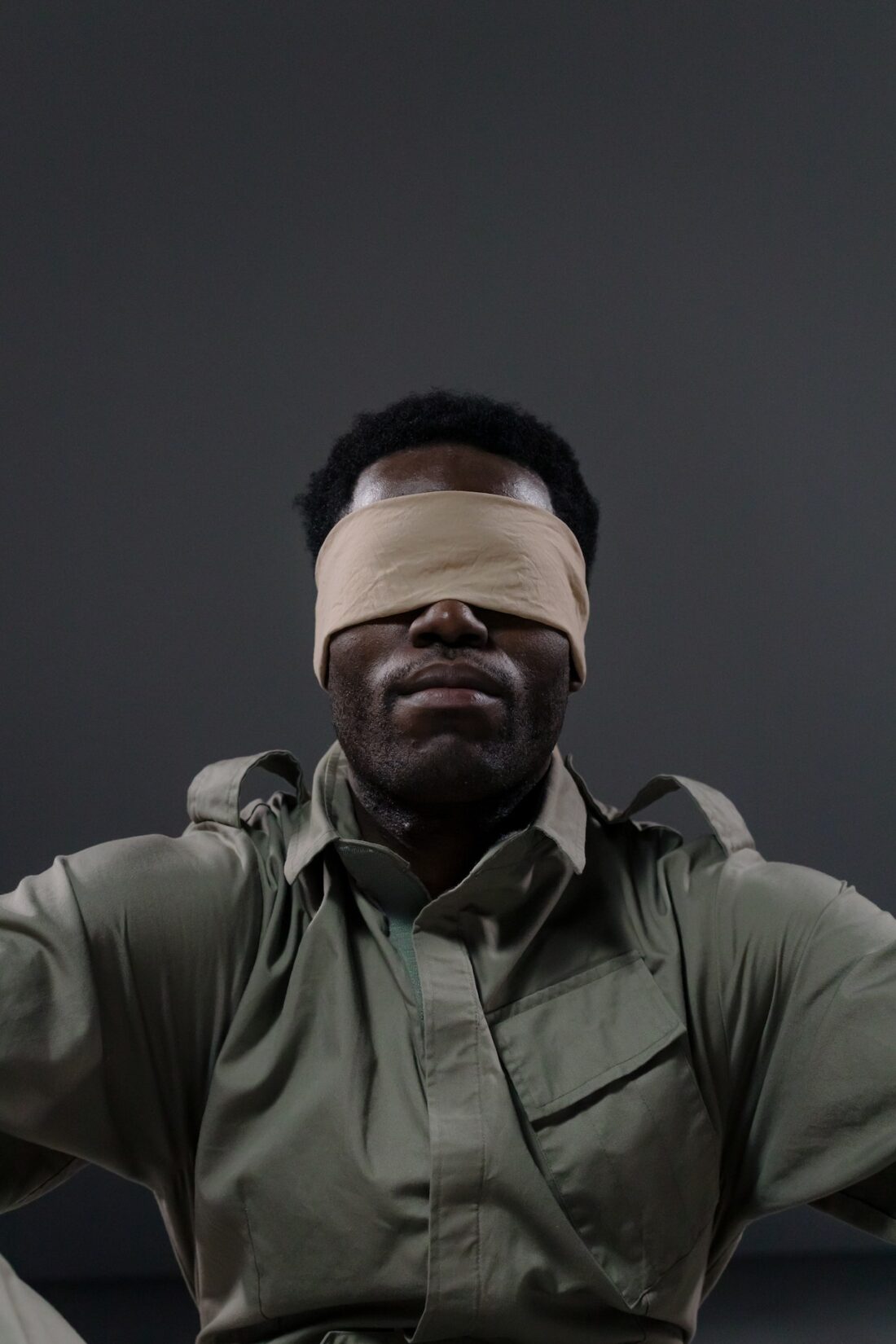When a plane comes spiralling down after being hit by another plane or it crashes accidently with ground, these and such like other events make headlines in media. Their value is even more heightened when they are videoed or live broadcasted to the viewers to watch on. But this is not done all the time or at least possible every time.
Certified DeepSeek Developer™ Interactive Live Training
Some of the deadliest conflicts of the World did not receive enough coverage in the mainstream media that is why people outside of this conflict zone do not have first-hand information about them.
Africa and its conflicts, poverty and miseries do not have enough coverage in the mainstream international media like the coverage of other conflicts and dispute in other parts of the world. As an example the civil war of Democratic Republic of Congo (DRC) could be cited in the last decade of 20th century where 5 million people lost their lives but the West and the mainstream media of world remained ignorant about this ‘African World War’.
Also Read: To be, or not to be
Meanwhile, Israeli -Palestinian conflict of this period received a full media coverage by the West and other news media. Though the scale of fatality of this twenty years conflict (1987-2007) was 7000-8000 persons but the media coverage it received was 50 times higher than that of DRC conflict aka the African World War.
The Kosovo War with 2000 casualties, in the South-eastern Europe, 1999, was a media flashpoint getting more foreign aid and coverage than the all media and aid received by other African countries and their conflicts. The Ethiopian-Eritrean War also called the Badme War from 1998-2000 claimed one million lives on both sides. But the news and media coverage of this bloodbath was almost none.
The Madrid train bombing by the terrorists (193 killed, 2004) and the London bus bombing (56 killed, 2005) took the whole media by storm but in the same timeframe the killing of 250 train-passengers (2001) by the Angolan rebels went into oblivion. Human life and material loss occurred in all instances but some created so much hype in the mainstream media that other went into the side shelves of media.
Reasons for this news black out
For this deliberate ignorance or non-coverage of these violent events numerous factors may be counted but some of the important ones are the political importance or value of this conflict, its proximity to the covering nation, the cultural links between the covering-nation and conflict-ridden nation, and geopolitics repercussions of this conflict for the region and for the nations covering this conflict in their media.
A New Yorker would feel more sympathy and agony for a person living in Kyiv whose residence is destroyed by the Russian missiles and jets than for the hut dwellers of Saharan desert or others like them in other conflict prone areas, ravaged either by security forces or rebels.
BOOK TRAIN TICKETS
The national interest also impact this media coverage. Does the country or countries in the conflict have anything of great economic value and strategic importance to the covering nation? These and other questions like race, culture, and religion affect this coverage.
Similarities and examples
Seize what is highest and you will seize what is between.
This finds its perfect expression in the international media coverage of powers with a slight variation.
If the national interests of a great world power is involved, whole world media would focus on it, covering and exploring every aspect of the concerned tussle.
The developing and small nations get less media coverage internationally unless something go awry to be covered by them.
This technique of camouflaging was common in the cold war era when the sole focus of the media coverage was Soviet Union, its allies and their sabotaging activities against capitalist bloc. Wargames and films were bombarded with this tacit notion.
Each time with new problem and (assumed) enemy the flashpoint of media coverage changes quickly.
Take the examples of Vietnam, South America, Iran-Iraq war, Iraq invasion of Kuwait and US-led attack on Iraq, 9/11 and US-Afghan war, the Arab Spring and the resultant civil wars the focus as well as the narrative of media changed drastically, leaving almost no space in the international media to cover other conflicts where no major powers was involved, either explicitly or implicitly.
Dramatizing the news
The news and media coverage of these conflicts are systematically black outed from the media at national and the international news and media are also sorted out for only those good news that fill well in the national framework and narrative of the concerned country.
Only showing that the good guys, chosen by the media of covering-nation to show them to their people, like the hero of a movie pitted against the villain, may out victorious and strong in the end.
After going into the roller coaster of political, economic and military situation, they would prevail in the end!
If the two competing sides are strong enough to catch the attention of the World spectators, the spectators would definitely look at them. News and media would keep them at the top of their run down.
If there are too many competitors or actors having contradictory causes and problems that are uninterested to the outside world they may lose coverage in media. This is why some areas get more focus on international media while some of the most dangerous epicentres are forgotten for one reason or other.
The coverage of an action-thriller like the American Sniper is more blockbuster in the international news and media than the tragic one like A Monster Calls.
The Irony is that we ignore that both have their own joys and sorrows to their viewers. What is needed only a discerning eye!!!
